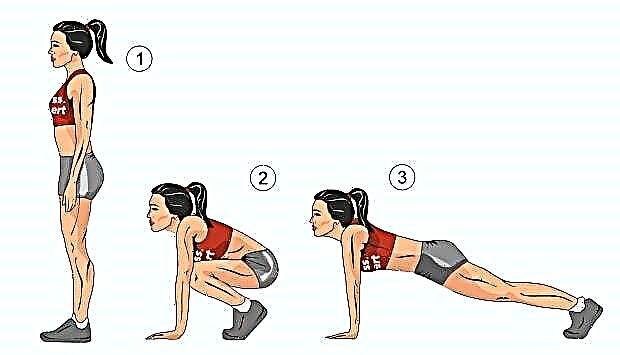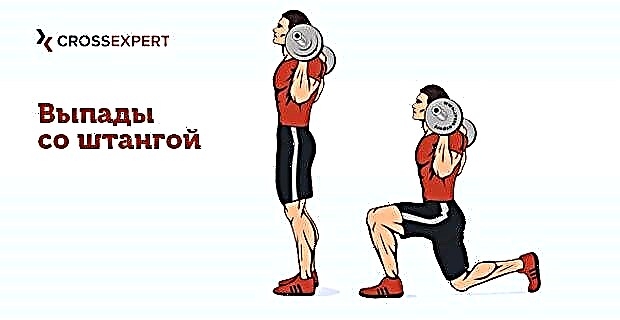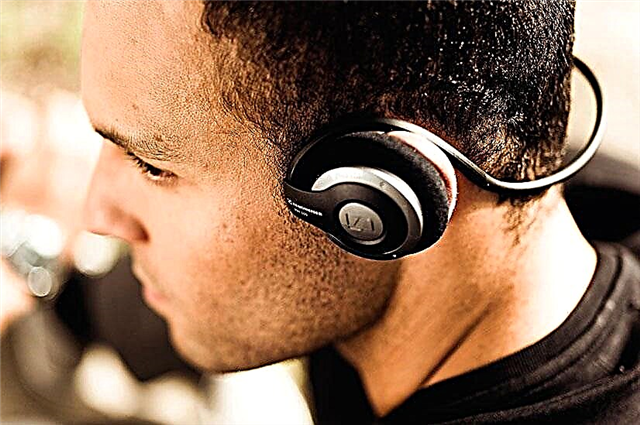Regardless of the level of training, any runner gets tired at some point. But there are a number of measures that can postpone the moment when there is a feeling of lack of strength. Let's talk about them.

Fatigue is a psychological problem
Thanks to the research of modern scientists, we now know that fatigue usually occurs not when the body really runs out of energy, but when you start thinking about it.
For example, in one of the studies, a comparative analysis of the indicators of two groups of amateur athletes of approximately equal physical fitness was carried out.
Both groups ran on a treadmill. But before the participants of the first group, gloomy landscapes flashed on the monitors, they were told about fatigue and pain, examples of terrible injuries that appear while running. The second group ran to the accompaniment of their favorite music. They were told about the achievements of athletes, about the perseverance of people, and showed them beautiful landscapes.

As a result, the participants in the first group performed significantly worse than the participants in the second. This also applied to the distance they were able to run and the work of internal organs while running. And most importantly, they reached the threshold of fatigue much earlier.
In this case, scientists have clearly shown that the threshold of fatigue is more often a psychological problem than a physical one.
We often begin to tell ourselves that there is no strength to run further, that if I stop, nothing terrible will happen. And it turns out that the minimum physical fatigue, which your brain has begun to receive a signal about, grows to the level of overwork. Although in reality you still have a lot of strength and you can still run a lot.
Therefore, always try to feel the body, and not trust the emotions. This will give you the ability to run longer and faster than before.

Fatigue comes from too fast a pace
This is an obvious fact, but not as clear-cut as many think. It is very important to find your own pace, at which fatigue at the chosen distance comes as late as possible. If you this pace cannot find and exceed it even by a small value, then the body will exhaust its resources much earlier, and the total time to cover the distance will be worse than if you ran the entire distance at the same pace.

The ideal passage of a long distance when the pace to the finish line does not slow down, but grows, or at least remains unchanged. This is how all the strongest runners of the planet run, and this is how all runners should run.
But in practice, the opposite is usually the case. The start is fast, the finish is slow.
Fatigue comes from a slow pace
Oddly enough, if you run too slowly, at a pace that you are not used to at all, then fatigue can also overtake you earlier than usual.
The problem is that at this speed of running, you start using muscles that were previously at rest, or worked a little, and now they have to plow instead of other muscles that you used when running faster.

In addition, the body knows how to adapt to the pace, and if it is unexpectedly given too fast or too slow, then it may not rebuild.
This is common in competition where a stronger runner tries to run with a weaker one. Thus, one is trying to keep up, and the other is not to run away, as a result, both run not at their own pace. Therefore, always try to select a company according to your strength.
In this case, we are not talking about pacemakers who purposefully lead an athlete to a record. Very different laws work there. We are talking about a healthy lifestyle, about running for the sake of health, and not for the sake of the highest sporting achievements.
Improper breathing and running technique
Sometimes, having excellent physical indicators, a person cannot learn to run fast and for a long time. And then you should turn your attention to breathing and running technique. Not infrequently, if you work hard on both, the results can significantly improve, since saving energy in movement and improving lung function can push the threshold of fatigue very far.
Breathing is described in detail in the article: how to breathe correctly while running
As for running technique, there are a lot of options. There are general rules that are described in the article: free running... And there is a foot positioning system that can also give positive results. Read more about the options for correct foot placement in the article: how to put your foot when running.
Improper nutrition
If your body lacks nutrients, it will be much more difficult to run.
Therefore, proper nutrition is the most important factor for running. There are a number of basic nutritional guidelines for running that should be followed. More about them is written in the article: can i run after eating.
To improve your results in running at medium and long distances, you need to know the basics of running, such as correct breathing, technique, warm-up, the ability to make the correct eyeliner for the day of the competition, do the correct strength work for running and others. Therefore, I recommend that you familiarize yourself with the unique video tutorials on these and other topics from the author of the site scfoton.ru, where you are now. For readers of the site, video tutorials are completely free. To get them, just subscribe to the newsletter, and in a few seconds you will receive the first lesson in a series on the basics of proper breathing while running. Subscribe here: Running video tutorials ... These lessons have already helped thousands of people and will help you too.









